Utility Safety Standards
New York's Path to 8.5 GW of Grid Flexibility by 2040
Lineman Safety during a Wildfire
Utility Safety Standards

Louisiana Industries Push for Faster Renewable Energy Transition
Louisiana, known for its robust oil and gas industry, is experiencing a significant shift as some of its largest industries express frustration over delays in the state’s renewable energy transition. These major players are pushing for accelerated development and implementation of renewable energy solutions to align with broader climate goals and economic aspirations. Their push reflects a growing recognition of the benefits of renewable energy and a desire to mitigate the impacts of climate change...
Related Articles
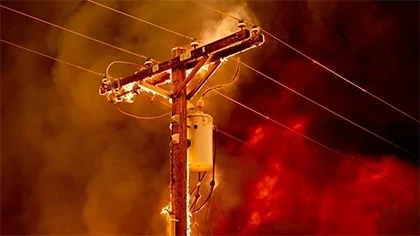
Lineman Safety during a Wildfire
If you wanted to create a recipe for disaster, the beginning of the 2021 wildfire season would be a good place to start. Nearly 90% of the western U.S. is suffering through extreme drought. The snowpack set new low levels there as well. A record-breaking heatwave steamrolled the Pacific Northwest...

Safety Awareness Rules for Utilities
Utilities ready for Ontario health and safety awareness training BY PHILL FELTHAM, Editor-in-Chief Electricity Today Magazine The Government of Ontario has implemented new regulations that require mandatory basic occupational health and safety training. The new regulations, “Occupational Health...
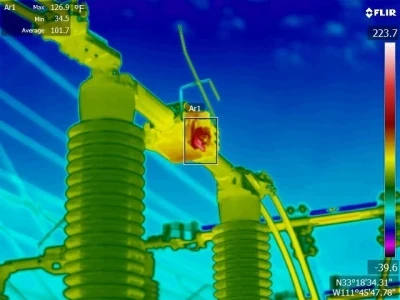
Worker Safety Using Infrared
Infrared safety: using thermal technologies to protect workers BY DOUG BARRY, FLIR Systems Disconnect switches, elbow connectors, cutouts, lightning arrestors, oil-filled circuit breakers, and other electrical components tend to heat up before they fail. The ability to detect overheating on such...
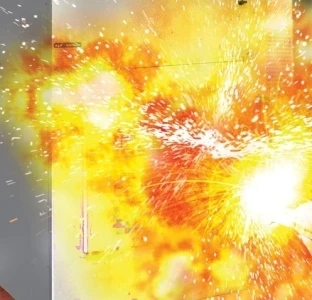
Electrical Hazard Protection
How to reduce dangers while providing preventive maintenance data BY FINLEY LEDBETTER, Group CBS, Inc. While most discussions about avoiding electrical hazards focus on personal protective equipment (PPE), utility workers have a number of ways to protect themselves and their gear, including...

New York's Path to 8.5 GW of Grid Flexibility by 2040
New York State's transition to a clean, zero-emissions energy grid could include up to 8.5 gigawatts (GW) of grid flexibility by 2040, according to a new report from the Brattle Group. This projection, while contingent on achieving ambitious decarbonization goals, illustrates how the state could...
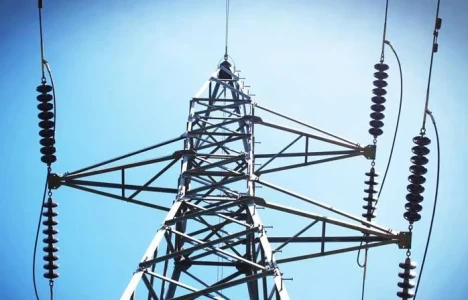
FERC Complaint Targets Duke, PJM Transmission Planning
A coalition of large energy consumers and ratepayer advocates has filed a complaint with the Federal Energy Regulatory Commission (FERC), urging the agency to prohibit transmission owners from independently planning "local" transmission projects exceeding 100 kilovolts (kV). The coalition argues...

Texas PUC Shelves $1B Grid Credit Mechanism
The Public Utility Commission of Texas (PUCT) has unanimously decided to shelve the proposed $1 billion Performance Credit Mechanism (PCM) for power generators, concluding that it would not deliver the anticipated grid reliability benefits. The PCM was conceived as a means to incentivize power...
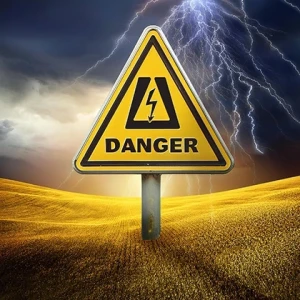
How Dangerous is Linemen Work?
Many occupations pose risks to workers, but few match the dangers that linemen face daily. Linemen play a critical role in maintaining and restoring the power grid, often working in extreme weather conditions, at significant heights, and around high-voltage electrical systems. Their work is...

North Carolina Town Sues Duke Energy for Climate Fraud
A small town in North Carolina has filed a lawsuit against Duke Energy, one of the largest utility companies in the United States, alleging that the company has been deceptive in its efforts to downplay the environmental impact of its operations. The lawsuit, filed by the town of Smithfield, claims...

FERC Approves Interconnection for Talen Energy, Amazon Data Center
In a significant move that underscores the growing demand for reliable and sustainable energy to power the expanding digital infrastructure, the Federal Energy Regulatory Commission (FERC) has approved an interconnection agreement between Talen Energy, Amazon Web Services (AWS), and Exelon. This...
